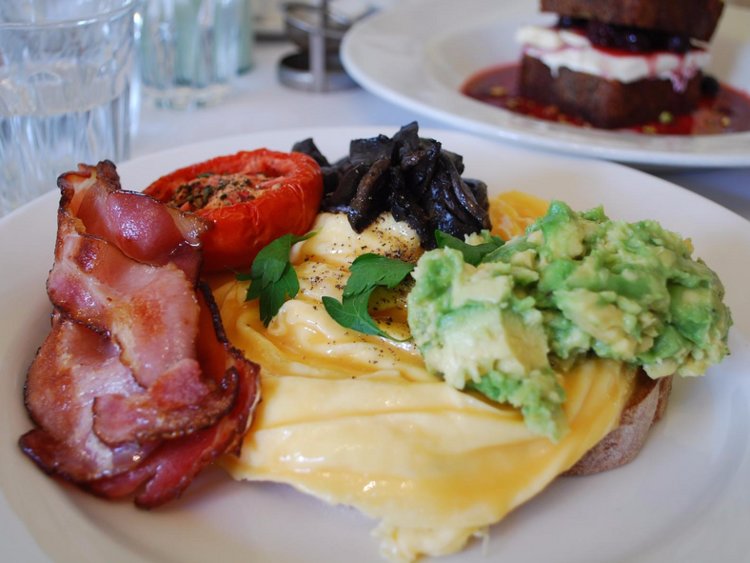
The ketogenic diet plan is important for products that are free of “good” fats and carbohydrates, with wheat, sugar, fruit, and starchy foods (like potatoes) often making up the majority of your meals and snacks if they are not available.
This diet plan focuses on eating more fat and protein – 75% – 80% to be exact!
The idea here is that when you eat mostly fat and low or no carbs, your body enters a state of “ketosis” where its metabolism changes and burns fat as energy, so you save less fat.
This is what we need; less fat! Right? Well… yes, to some extent. Ketosis can affect your athletic performance, and you should prepare for it in advance.
Please let me explain.
When we limit carbohydrates and sugar, we limit the muscles’ ability to take up glucose. We all know that sugar is the fuel our body prefers to use during high-intensity exercise (anything longer than 10 seconds).
Our bodies have a hard time functioning without the quick energy that comes from sugar and starch. Lifting weights for more than 5 repetitions, activities that frequently require rapid glucose such as long sprints or swimming, high-intensity sports with minimal rest such as football or basketball, and long-term use.
So what do you do when you’re in ketosis? Don’t worry, here are 3 tips to help you improve your fitness while following a ketogenic diet plan.
1) Efforts to enable the body to burn fat. Harmony is important!
2) Pay attention to the food you eat and make sure you eat enough. The ketogenic diet plan has appetite suppressant properties, so you won’t “feel” hungry when your body needs nutrients. Think all foods and rainbows. The more you eat, including foods of different colors, the more you will meet your body’s daily vitamin and mineral needs. Remember, each color in food indicates a different diet.
3) Choose fatty foods like grass-fed meats, fish, avocados, coconut oil and fruits. The fiber added to whole avocados and coconut will help reduce constipation, which is a very dangerous side effect of the keto diet plan. Plus, if you’re feeling a little hungry and need something to soothe you, a spoonful of coconut oil will do the trick! If this seems a bit much, try adding it to a smoothie, keto bread, or keto protein bars.
Finally, listen to your body. Building new habits in any way, shape, or form affects your body. Patience and knowledge are very important. You won’t get the best results if you rush the diet and lose weight in the first week. Doing your research by listening to your body’s reactions will lead you to the best results.
Take your time and remember that you are not competing with anyone. Whether you want to lose weight, manage diabetes, or just feel good about yourself, it’s all about health and wellness, and all meal planning and lifestyle changes should be viewed through that lens.

